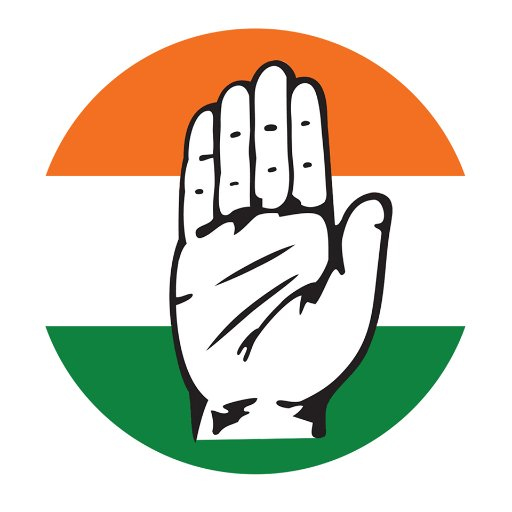Impacts of MGNREGA and impoverishment of MGNREGA

- S. Vijayakrishna
The unconscionable level of Indian poverty, being an interminable crisis, a concern of nation for centuries, aftermath of various colonial invasions during various epochs, has traumatized the people. In the backdrop of poverty, instigation of intense agitation against despotism led to India becoming an independent sovereign nation, with 70% of its total population below poverty line. Since then, there was a decline in poverty percentage but there was a steady growth in the magnitude of poverty along with the demographic growth. Unemployment, uncontrolled demographic growth, sluggish economic growth, unequal distribution of resources and income, as well as underutilized resources are identified to be the important reasons behind poverty.
As a great leap forward towards the eradication of poverty in 2005, MGNREGA was implemented by the government of India with the aim of ‘Right to Work’, appropriately controlling the causes of poverty and ultimately benefitting the bottom class deprived of education, land, skills and social support – whose primary form of employment as the seasonal farming laborers during the cultivation and unemployed for rest of the year or roped to work as migrant labourers wherein females are enforced to carry with the household chores of dominant class. As a tectonic shift, MGNREGA guarantees 100 days of employment and payment within 15 days in a fiscal year. While the world was faced with unprecedented 2008 global crisis, haunting the entire global states with negative growth, unemployment, widening economic disparities, in contrast, India was prospering and narrowing down the disparities. MGNREGA was instrumental in poverty reduction and stabilising the Indian economy. According to the United Nations Development Programme (UNDP) and Oxford Poverty and Human Development Initiative (OPHI), 27 crores of Indian households were out of poverty between 2005-2015.
‘MGNREGA’, known to be an antidote to poverty, has wider socio-economic prospects. The scheme impetuses considerable social change, espousing social harmony and inclusive participatory, with the objective of empowerment. Proviso of the MGNREGA guarantees one third of its job to women, overwhelmingly. In practice, more than half of the participants are women. In FY 22-23 57.40%, FY 21-22 54.82%, FY 20-21 53.19% are women. Total number of women getting exposed to an employment opportunity has a significant impact on social participation which optimises role in decision making, enhances education, stretches the marital age. It also obviously multiplies households’ savings which results in better micro finance management. Duly complementing the idea of participatory democracy, MGNREGA increased Dalit and tribal participation in FY 22-23 37.19%, FY 21-22 37.5%, FY 20-21 38%. Eventually ensuring self-reliance, there was a great deal of rural infrastructure development, creating various natural resources such as ponds, dug wells, horticulture plantations, vermicomposting pits; mutually enhancing the biodiversity and sustainable development. Until 2019, more than 3.61 crores have been geo-tagged under MGNREGA and 7.32 crores worth of assets have been created under NREGA.
The unprecedented COVID-19 crisis had an awful global effect and as a no exception, unemployment in India is 8.11% exceeding the previous 45 years high Unemployment rate of 6.1% in 2019, along with complicated poverty rate, has dented the economy. Inspite of vitalizing the NREGA to thrive the economy, contrastingly, the pioneering poverty alleviation scheme is plagued by a string of distress enumerating from the budget constraints reducing from the ever-peak budget of INR 111500 crores in FY 20-21 to INR 98000 crores in FY 21-22 then to INR 73000 crores in FY 22-23 now to INR 60000 crores in FY 23-24 which is 18% less than the previous year; inadequate to meet the demands. Already there is continuous dip in average working days. The average days of employment provided per household is just 47.84 days in 2022-2023, while it was 50.07 days in 2021-22, 51.52 days in 2020-21. The total number of households that completed 100 days of wage employment is another matter of concern which declined from 71,97,090 in FY 20-21, 59,14,761 in FY 21-22 to 36,00,911 in FY 22-23. The government of India owes 6157 crores of liabilities under material compensation to the States till February 03 with West Bengal leading the table with 2700 crores followed by Andhra Pradesh 836 crores of material liabilities, Karnataka 638 crores, Bihar 471 crores of material liabilities, Madhya Pradesh 362 crores, Maharashtra 200 crores, Odisha 187 crores, Kerala 137 crores, Assam 112 crores, Meghalaya 102 crores and pending liabilities of 4,457 crores for wage components under NREGA. As of today, the overall pending liabilities are expected to be around ` 17000 crores which would have an adverse effect on poor households and other beneficiaries. In the attempt of digitalisation, the scheme is more constrained as the average rate of digital literacy in rural India is not more than 30%. In such conditions, the ABPS (Aadhaar based payment system) and NMMS (National mobile monitoring system) have imposed more burden by irregularities such as attendance failures, payment failures, improper ground monitoring, unstable networks, multiple links with Aadhaar and bank accounts, lack of transparency etc.
There might be few anomalies in the system, yet the scheme has yielded good outcomes. MGNREGA is a life line of poor households. In a trend of widening disparities to control poverty and improve livelihoods, it must be repaired. It must be rejuvenated by allocating adequate funds of at least the thrice of the allocated, to meet the requirements of demand-driven job, ensuring a complete 100 days of work for all the demanded workers and adhering to the section 3 of the act, payments must be processed within 15 days from the date of closure. If failed to do so, then the rate of delayed payments must be increased. A serious reconciliation is required concerning the technical constraints. There are many technical flaws which are yet to be rectified. Until then, complete digitalisation must be stayed. Indeed, the optimal usage of the scheme is mandatory for self reliance, poverty reduction, economic recovery and prosperous nation.
The Author is a socio- political activist and the member of Indian National Congress







